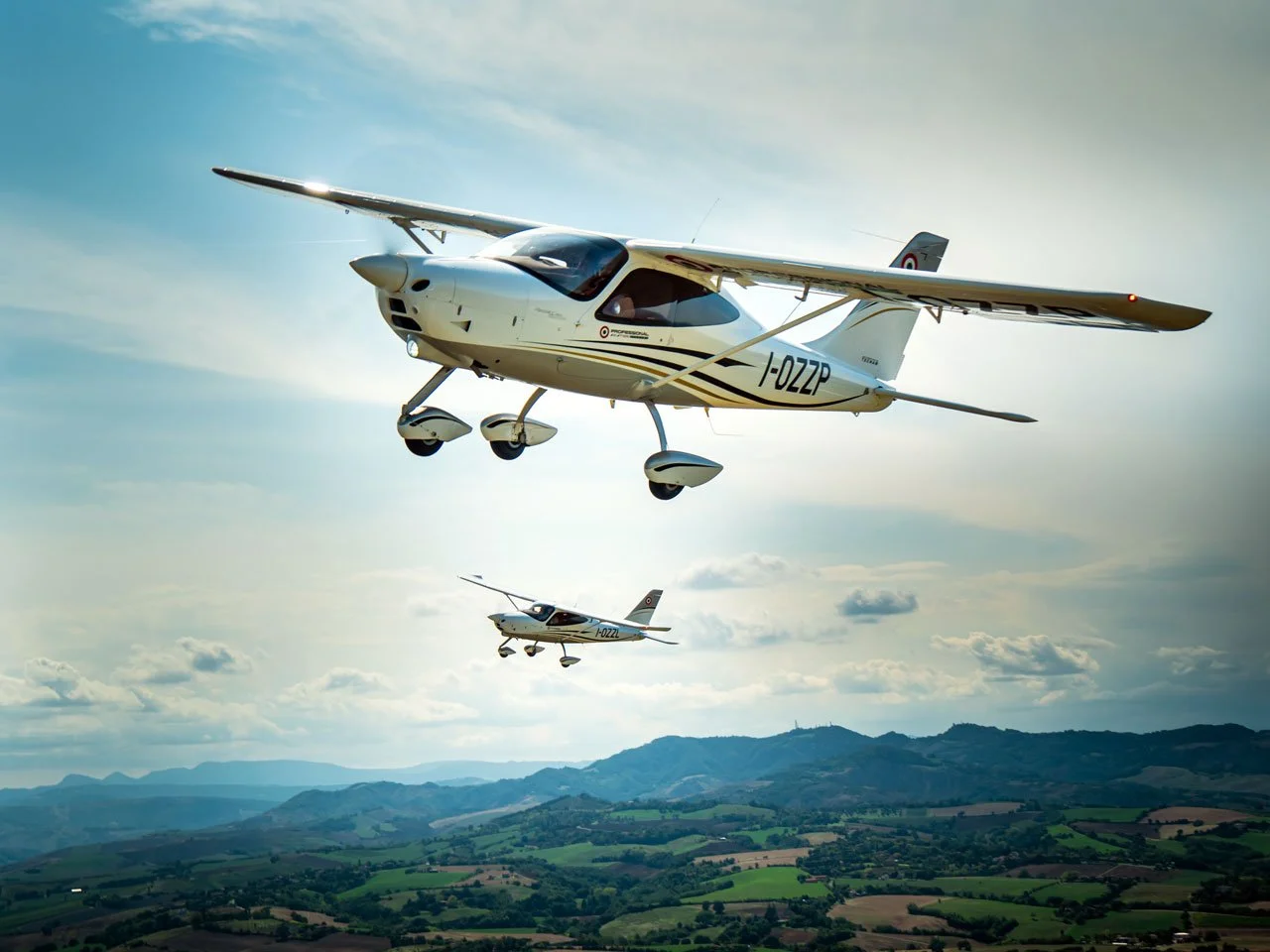Torp, Norway
Pilot Flight Academy’s base is located at Torp Sandefjord Airport (ENTO) - an international airport with active airline, cargo, and general aviation operations.
Where your training starts and completes.
All theoretical instruction begins at Torp, where students build a solid foundation before taking to the air.
After the first flight phases abroad, you’ll return to Torp for instrument flight training, multi-engine training, Advanced UPRT, and APS MCC.
Operating from a controlled international airport means every flight involves real ATC communication, standard procedures, and traffic coordination with commercial and general aviation aircraft.
Students train side by side with real airline operations, gaining practical awareness of how professional airspace functions.
The airport’s modern infrastructure, long runway, and dedicated training areas make it perfectly suited for both basic and advanced phases of flight.
This daily exposure to real operations builds confidence, professionalism, and discipline - the same qualities airlines expect from newly qualified pilots.
Bologna, Italy
The first flight phases are completed at our training base in Italy, using the Tecnam P2008 JC. The location offers excellent flying conditions with stable weather, allowing for continuous training and steady progress throughout the early stages of the programme.
Students begin with basic handling and visual navigation in an uncontrolled airspace environment, which provides the freedom to focus on aircraft control, situational awareness, and decision-making without the complexity of air traffic control. This phase also includes 45 hours of solo cross-country flying, where students plan and execute longer navigation routes independently - a key step in building confidence and self-discipline in the air.
Training in Italy also gives students the chance to study and live in an international student environment, surrounded by peers from different backgrounds who share the same goal of becoming professional pilots.
By the end of this phase, students have built solid flying skills and operational confidence before continuing to Norway for the more demanding instrument and multi-engine training.


